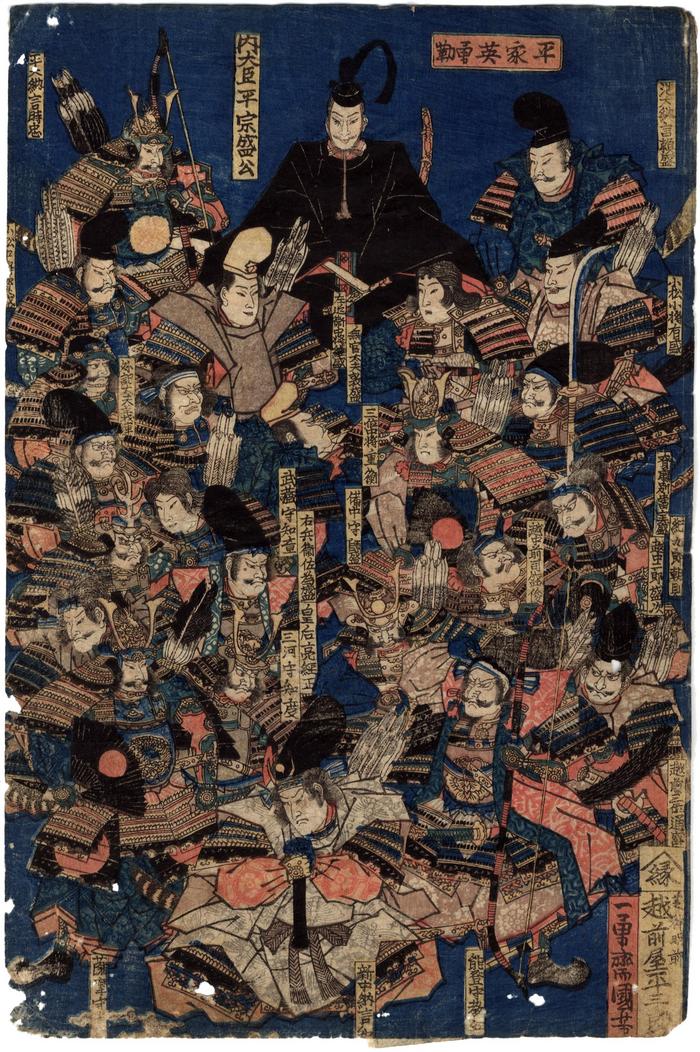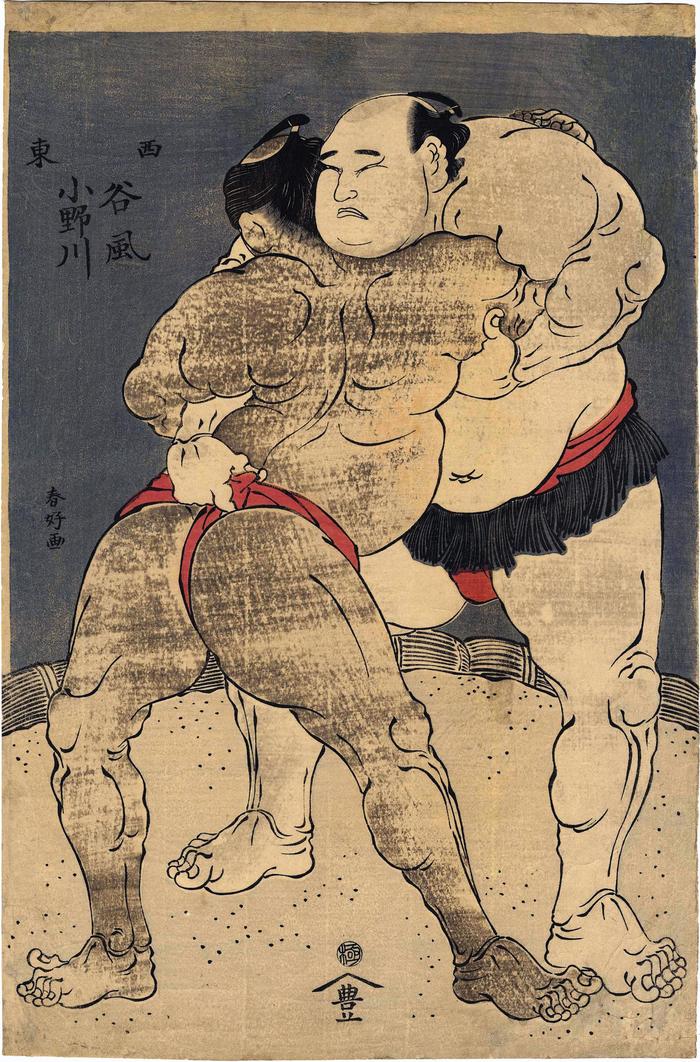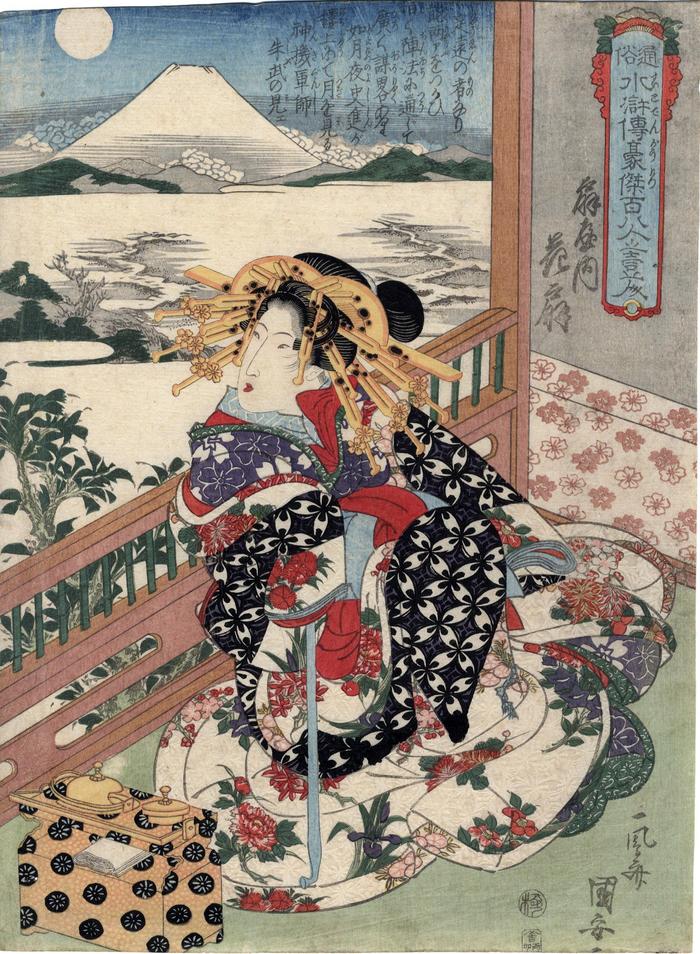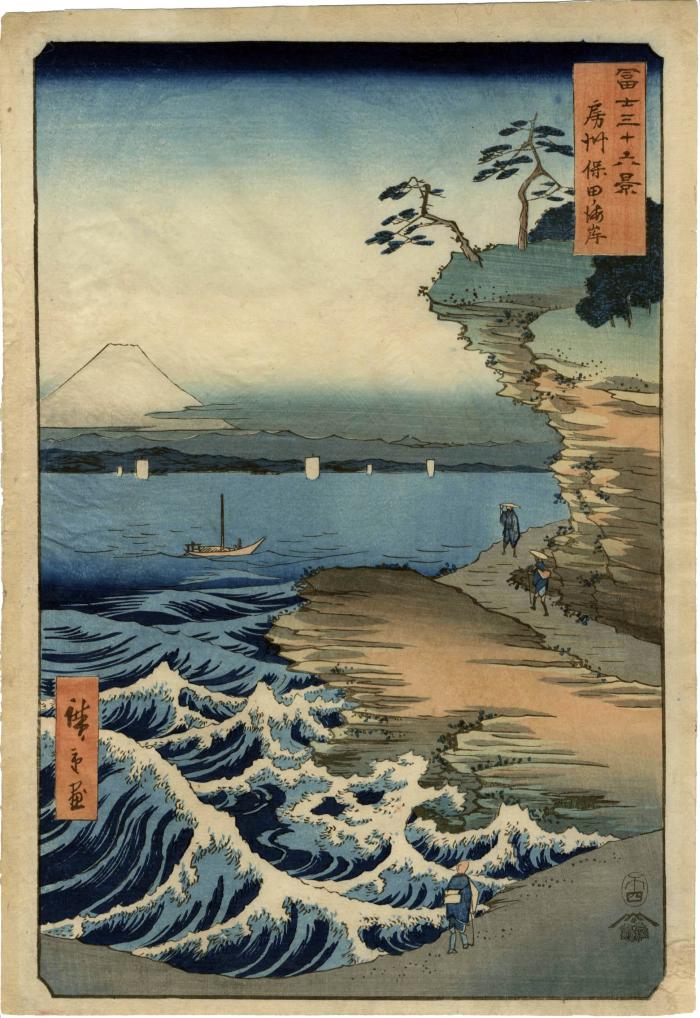Welcome to The Lyon Collection!
Ukiyo-e Prints in the Mike Lyon Collection
Mike Lyon (artist b. 1951) was fortunate to have grown up familiar with Japanese prints. In his youth Lyon’s parents and grandparents displayed examples that certainly inspired his own artistic development. He began acquiring Japanese color woodcuts early in his career as an artist. The types of prints that feature most prominently among the many hundreds in Lyon's collection reflect the artist’s deep appreciation of the human figure and the expressive facial portrait. The vast majority of Japanese prints in the Lyon collection represent views of actors yakusha-e) and beautiful women (bijin-ga), and in particular the close-up, bust-length portraits of the same (okubi-e).
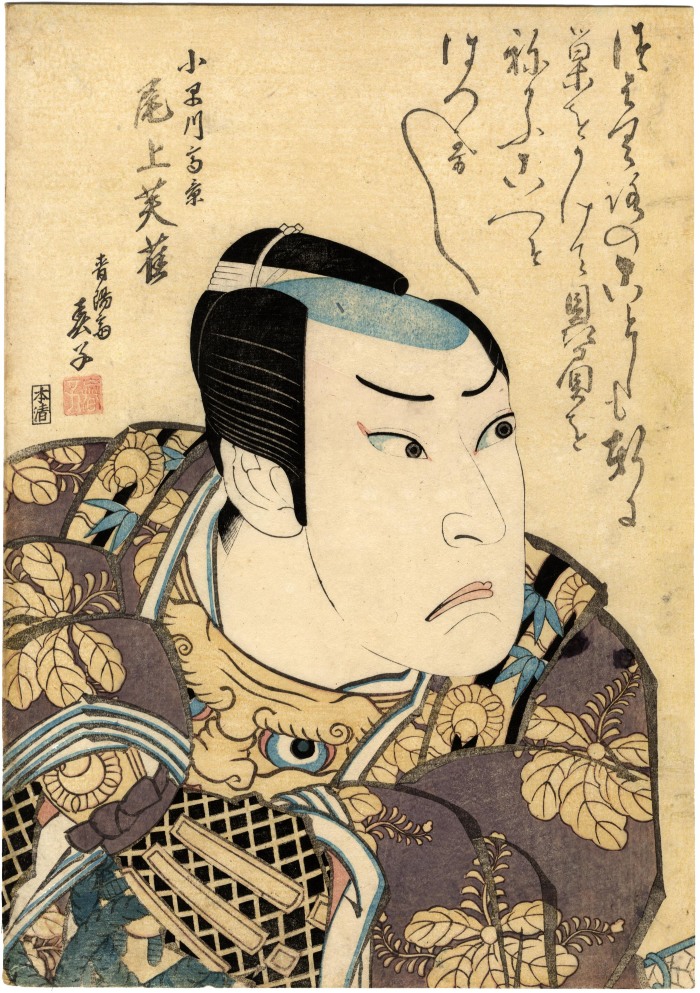
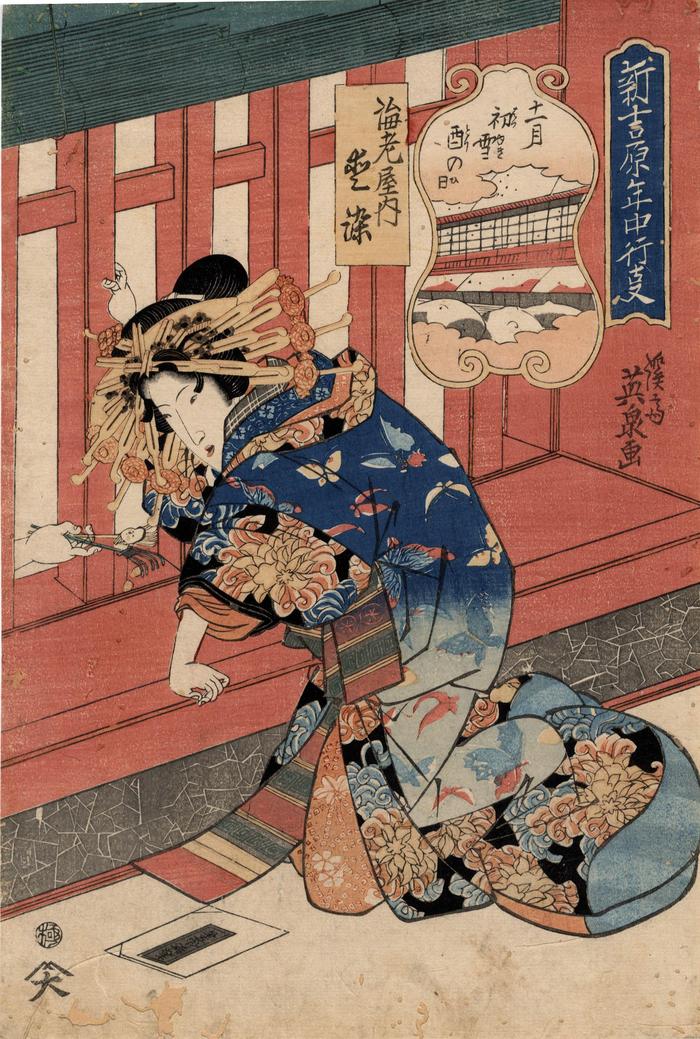
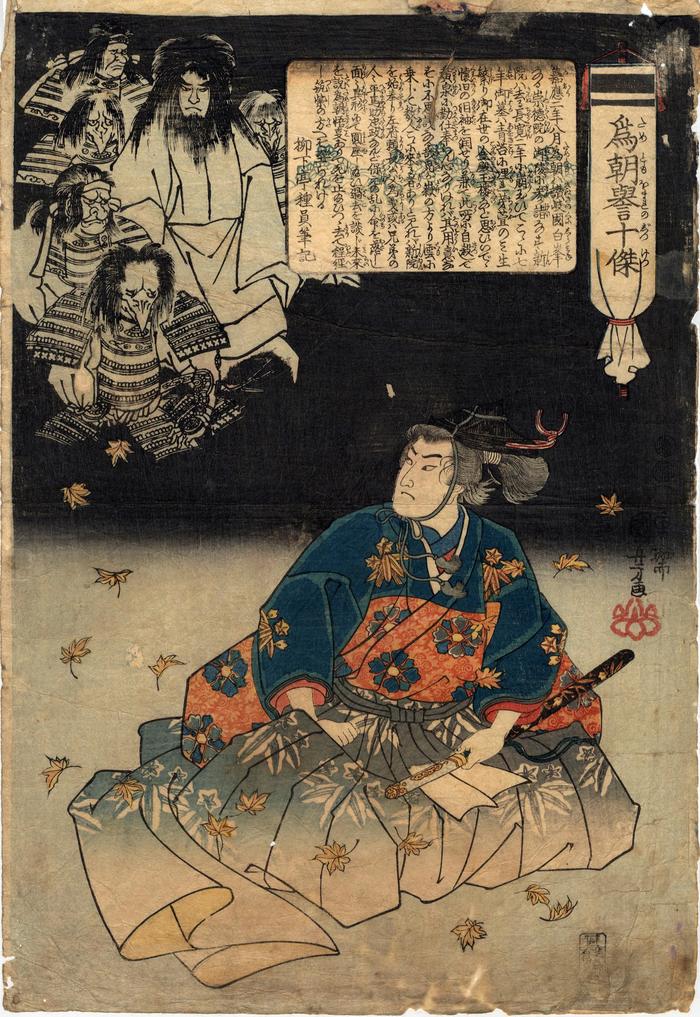
![Seated monkey studying a wasp by its stinger in his hand [猿と蜂 - <i>Saru to hachi</i>]](https://lyoncollection.org/media/lyon_collection/images/1/0/56882_ca_object_representations_media_1053_large.jpg)
![Okabe Rokuyata Tadazumi (岡部六弥太忠澄) in combat with Satsuma no Kami Tadanori (薩摩守忠度) near Ichinotani - <i>A Grappling Picture: Satsuma no Kami Tadanori and Okabe Rokuyata Tadazumi </i>[<i>Kumiuchi no zu satsuma kami tadanori okabe rokuyata tadazumi</i>]](https://lyoncollection.org/media/lyon_collection/images/1/0/87607_ca_object_representations_media_1078_large.jpg)

